Accuweather and Florida State University experts predict that this year’s hurricane season will be more than average. It’s possible that one of these major hurricanes could strike the Florida coast. So it’s important to be ready. Let’s begin with your roof.
What Amount Of Wind And Rain Can A Roof Stand?
You need to know the materials used in building your roof, as well as the slope and shape of your roof to determine the wind and rain resistance. Which roofing materials, shapes and slopes are most suitable to withstand rain and hurricane-force winds?
Asphalt Shingles
Because of their attractive look and affordability, asphalt shingles are very popular as a roofing material. They can withstand wind speeds up to 110 mph, which is the average wind speed for a Category 3 hurricane. Although the shingles can be blown away, they are light and easy to use and can be easily replaced after a storm.
Metal
For hurricane resistance, metal roofing is a great option. Metal roofs are durable and long-lasting. They also have no shingles that can be destroyed by a storm. The roofing material is able to withstand winds of up to 160 mph and can hold up in hurricanes.
Tile
Tile roofing is a popular choice for Florida homeowners. The tiles are strong enough to withstand winds of up to 100 mph and can also withstand the Florida heat. Concrete and clay tiles have been shown to be resistant to hurricane-force winds and severe storms. Sometimes, the tiles can be repaired after a storm without the need to replace them.
Roof Shape
The shape of your roof is crucial when it comes to wind resistance. Your roof’s shape can make a difference in whether it is able to withstand high winds and how well it holds up. To reduce wind loads, professionals recommend a hexagonal or octagon-shaped roof with multiple panels (four or more).
Roof Slope
Roofs with multiple slopes and right angles will be more effective in high winds. A hip roof with four slopes will be more wind resistant than a gable or gable roof. Gable roofs are more vulnerable to wind hitting the horizontal, flat side of the house.
You’ll want to prepare your home for hurricane season by:
- Clean gutters, downspouts.
- Trim overhanging trees near your home.
- Replace any missing or damaged shingles.
- Hurricane straps should be installed
- Get a professional to inspect your roof.
Contact us today to have one of our roofing specialists inspect your roof and make sure it is ready for hurricane season!
This post was written by a roofing specialist At All-Star Roofing. We offer the best roof repair in Florida. We are one of the only family-owned Hillsborough County roofing companies, and we strive to be the best in our industry. Our family has been in the Tampa Bay area for over 60 years, and our objective has always been to provide roofing services at a fast, reliable, and competitive rate. All-Star has a tradition of quality workmanship, servicing residential and commercial properties.


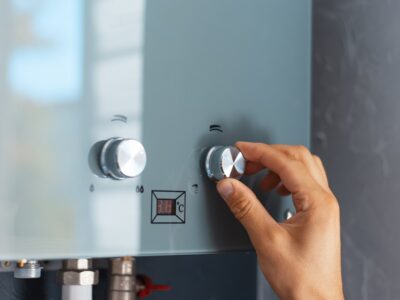
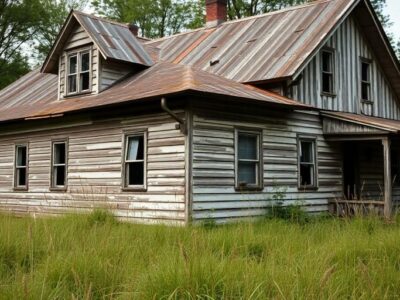
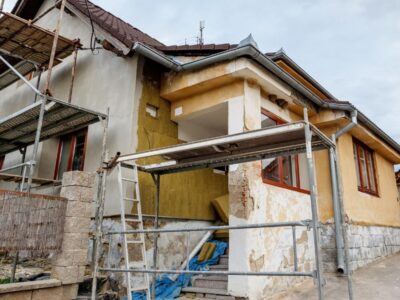
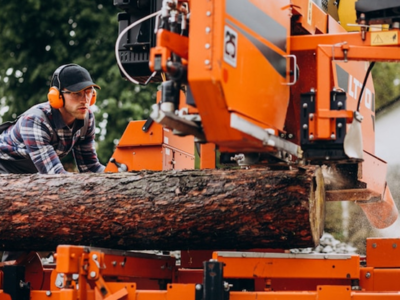

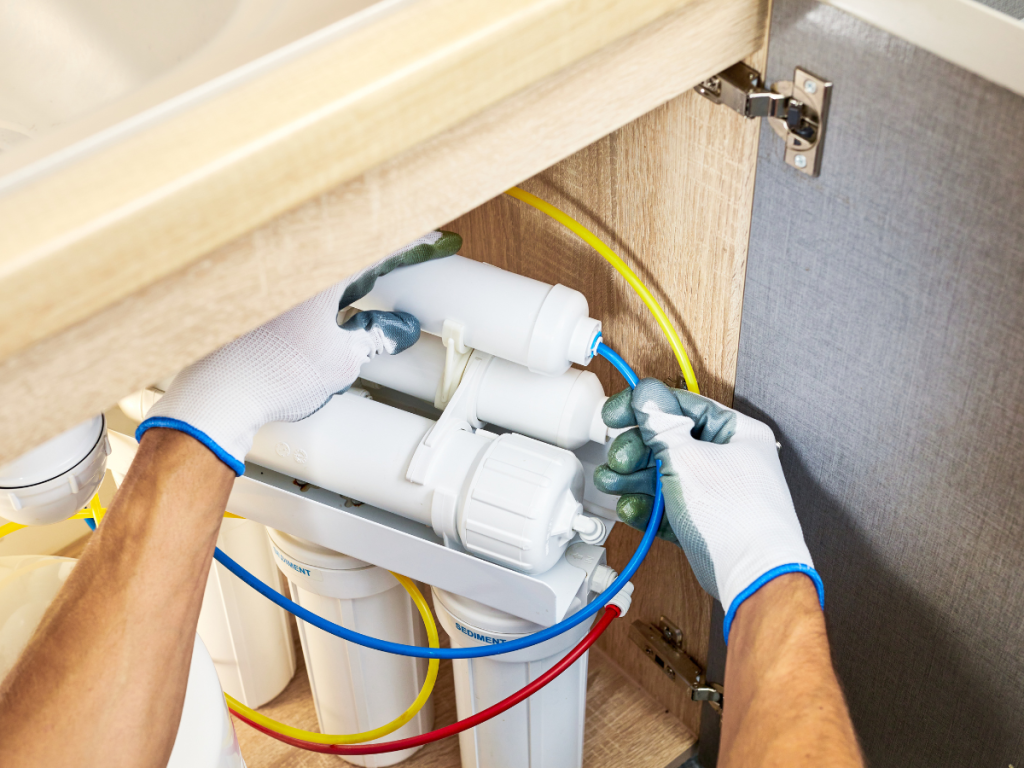
Comments